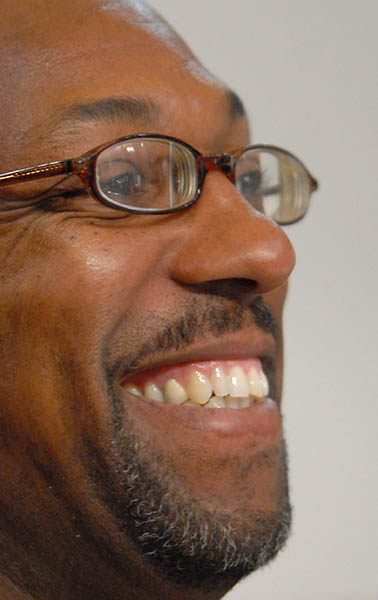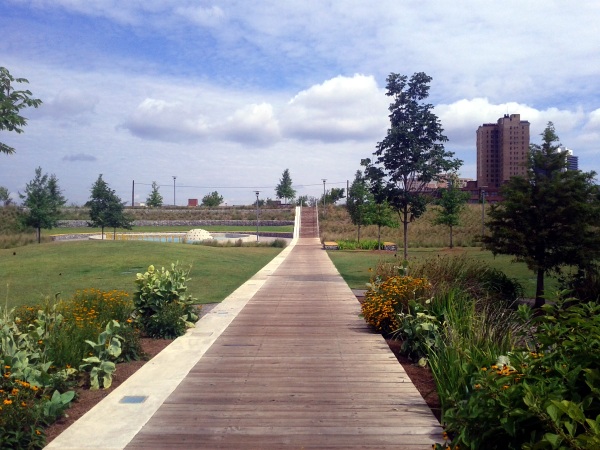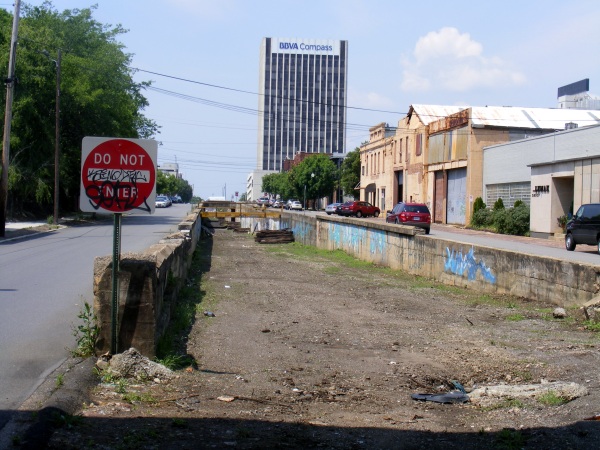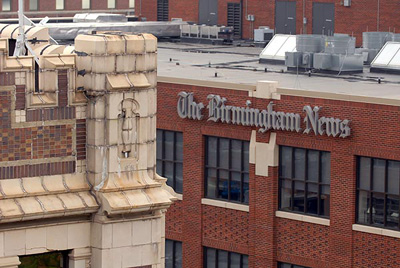 This year’s Birmingham Magazine Best of Bham readers poll allowed participants to vote for the Best Food Truck. An online petition launched last week to show support for area food trucks has continues to grow; the new target is 1,500 signatures with more than 1,160 already collected. If there’s any doubt in your mind right now, get over of it:
This year’s Birmingham Magazine Best of Bham readers poll allowed participants to vote for the Best Food Truck. An online petition launched last week to show support for area food trucks has continues to grow; the new target is 1,500 signatures with more than 1,160 already collected. If there’s any doubt in your mind right now, get over of it:
Food trucks are here to stay; the question is how they’ll be handled.
The recent issue of food truck regulations has found me looking around online for the past few days to see if we’re alone on this issue. The findings – not even close to being alone. Food truck regulation is apparently a big issue in several cities right now. This week for example, Portland, ME and Chicago, IL will attempt to pass new ordinances aimed at making both sides agreeable, with neither side necessarily declaring victory so far.
A couple of things took place last week providing insight into how crazy the food truck issue is in several cities right now. It should help those involved come up with a good solution for all.
The first event happened on July 9 as Chick-Fil-A rolled out their new food truck at Farragut Square in Washington, DC. According to a post on “All We Can Eat,” The Washington Post’s food blog, the truck had been planned for some time (it was supposed to debut in April and was seen in May and June around town) and underwent a design change before its apparently successful relaunch on the streets of the Nation’s Capitol. Incidentally, one of the reasons cited by Chick-Fil-A for introducing the truck in the piece is their lack of physical locations in metro DC (one actually – on a college campus). The ability to gauge interest in eventually opening brick and mortar establishments was what the head of DC’s Small Business Administration pointed out in a recent interview.
By the way, DC Mayor Vincent Gray introduced a new ordinance in January that would among other things allow food trucks to stay parked in one spot instead of needing to be “hailed” like a cab in order to conduct business. It would also dictate the hours they would be allowed to operate in the District.
Thursday, July 12, saw a the spotlight focused on food trucks… in Chicago. Our friends at Gapers Block were one of several media outlets writing about the first ever Chicago Food Truck Day. The event was organized in advance of the upcoming July 19 hearing involving that city’s new food truck ordinance that would among other things finally allow operators to cook on board. The Chicago Tribune reports they’d also have to install GPS devices to allow the city to track them, making it easier to enforce a two-hour parking limit at any one location while being able to operate 24 hours a day.
Chicago’s municipal legislation has been stalled out for at least a year according to most reports and it’s not come without its share of debate, including an interactive debate presentation over on The Huffington Post. It should calm folks looking at Birmingham’s current situation and the discussions surrounding a rewrite of local laws to accommodate the growing industry that others are tackling it as well.
Specifying distances is not necessarily new – Chicago is asking for a 200 ft. distance from the front door of brick and mortar restaurants; incidentally, Portland, Maine’s asking them to be 65 feet away after hours while actually being more restrictive during the day in their proposed ordinance (scheduled for a vote later on today – Monday, July 16).
There have also been some successes so far. Boston (as usual) has found a way to make it hip and cool, even creating a page on their website letting people know which trucks are out and where they’re located as well as a streamlined page for applying for the requisite permits. This while they’ve instituted a lottery system as part of their process. The folks in Memphis are talking about how successful their ordinance (PDF) has been – becoming a lucrative opportunity for several operators shortly after its passage last spring.
Hey, at least we’re not in Clearwater, FL, where they have no intention of adapting their ordinances to accommodate food trucks any time soon. Those willing to talk about the negative long term effects may want to look at what problems developed in Raleigh, NC some ten months after their battle over their food truck ordinance (PDF) – none.
Time will tell what happens here. There appears to be folks willing to work together and a community that’s willing to support whatever decision is reached. With several cities going through the same situation right now, hopefully it will calm folks down while also giving everyone an idea of what’s working and what’s not.





 The past 24+ hours have seen many heads shaking and hitting brick walls or palms of hands as citizens of Birmingham, AL and the surrounding community are left wondering about
The past 24+ hours have seen many heads shaking and hitting brick walls or palms of hands as citizens of Birmingham, AL and the surrounding community are left wondering about 

 A drive along 1st Avenue South heading east contains a significant yet subtle development for those able to stop and take a look. You’ll notice the absence of rails and ties both in the area known as
A drive along 1st Avenue South heading east contains a significant yet subtle development for those able to stop and take a look. You’ll notice the absence of rails and ties both in the area known as  There’s been something nagging at me for a while now about
There’s been something nagging at me for a while now about 

Signing on to the city's comprehensive plan
Community leaders from across the city shared breakfast and opinions with the consulting team and the plan’s steering committee (of which I am a part). Yes, I focused on community leaders first. There were only four (4) citywide elected officials in attendance out of a possible 19 on Saturday morning at various points; Birmingham mayor William Bell; city councilors Valerie Abbott and Jay Roberson; and Birmingham Board of Education member April Williams.
The current implied timetable for this effort means that we’ll be starting to look at some of the broader issues next year – so long as its adopted before the end of this one. It also means that it could be used as a measurement tool to hold elected officials and our numerous community organizations accountable, also known as an election year issue. This is where I remind you that in the midst of next year’s commemoration of the events of 1963 (by the way, it’s a Flash-based site), we’ll be choosing who we want to have lead the city forward at the beginning of the next 50 years – in the mayor’s office, all nine city council districts, and the Board of Education.
It’s my hope that the comprehensive plan becomes the kind of issue where we’re asking for our elected officials to voice their continued support for it instead of it being used as a political football. Hopefully as more of our elected officials become familiar with the plan, it’ll make it harder for them to do the former (though not impossible).
Most impressive was the number of young people in attendance. Yes, there were young professionals scattered among the various tables, but there was a large contingent from UAB as well as a few area high school students – none of whom were afraid of having their voices heard and not necessarily agreeing with the adults in the room. It reminded me of the group of young people who presented their hopes and dreams for the city during the first public forum last fall. They know what they want to see in their city as it moves forward and of its potential. More than anything else, this plan is about their future and not about our legacy and we owe it to them to be involved and to get it right (and adopted) when the time comes.
You might say that those who attended and those children I’ve mentioned are not like most people in Birmingham; those who see a grand future for Birmingham think they aren’t like most people anyway. I’ve got a feeling they’re wrong though and they exist in greater numbers than most think. The key will be making sure they know their voice still matters and that there are several ways to share their comments.
What do you think?
Andre Natta is The Terminal’s stationmaster.
Leave a comment
Posted in Birmingham, leadership
Tagged Commentary, comp plan, comprehensive plan, forum, status